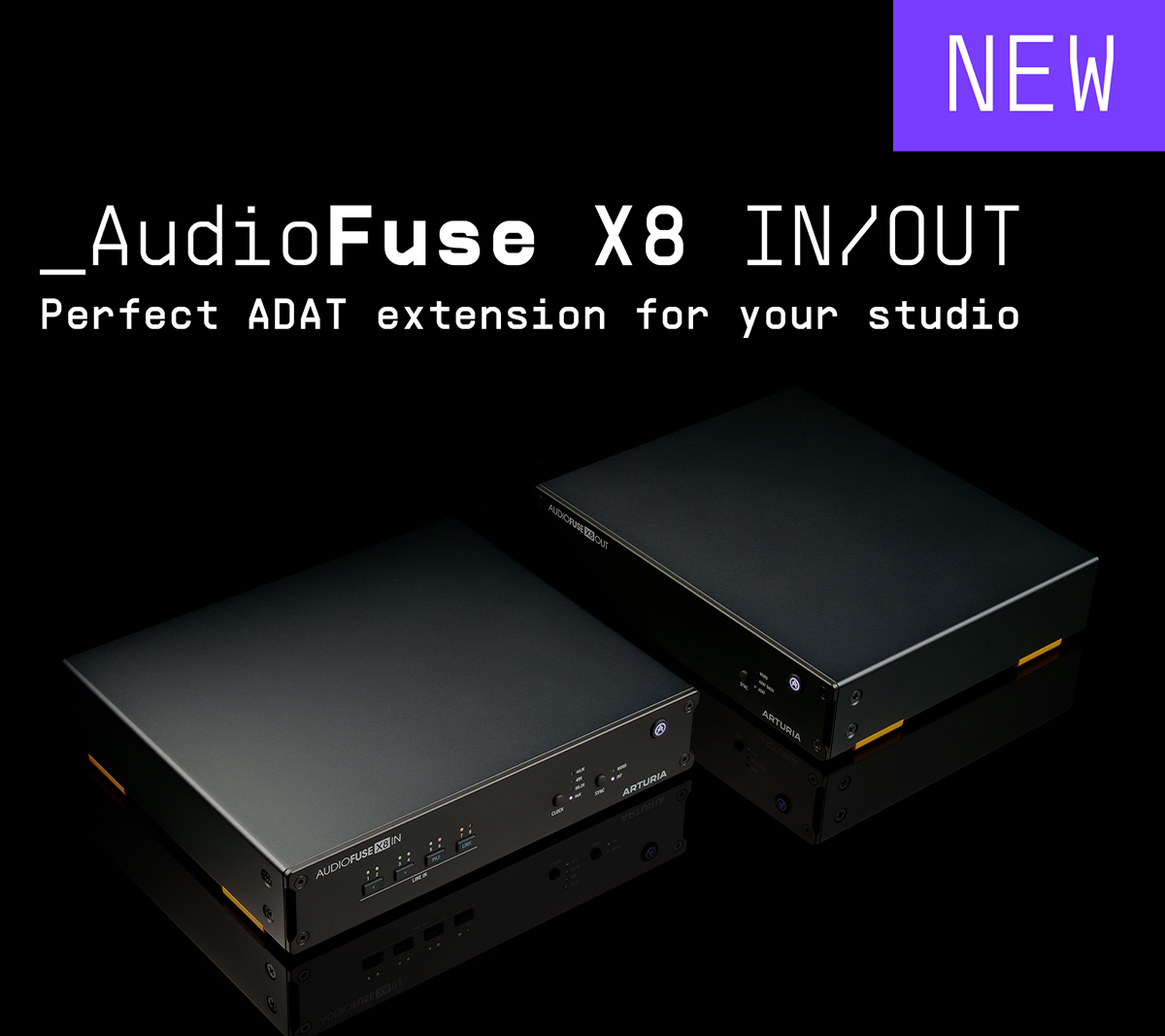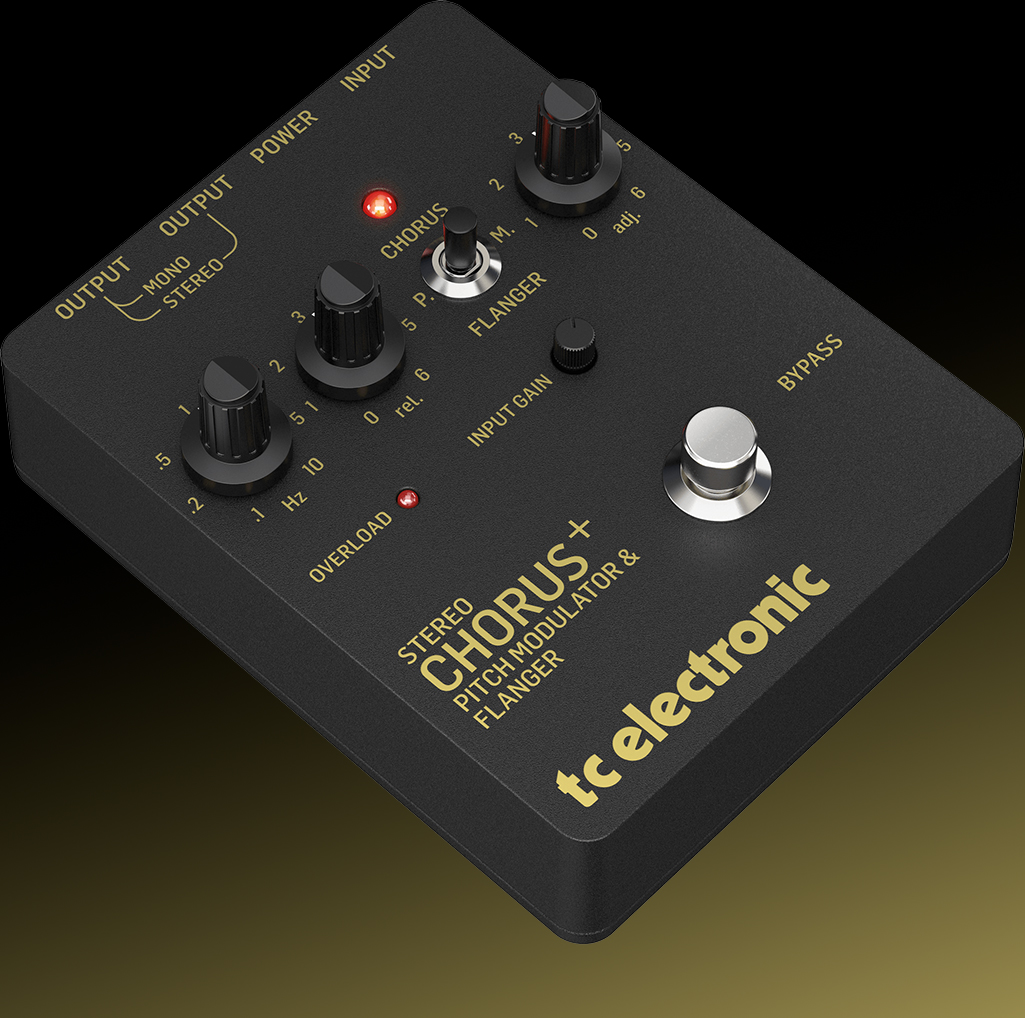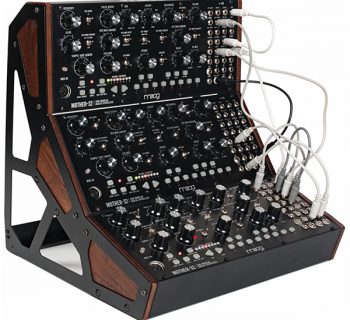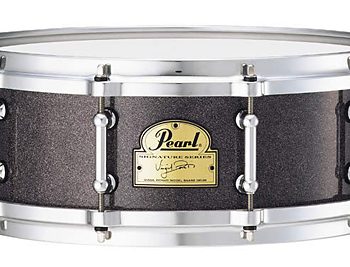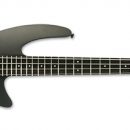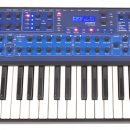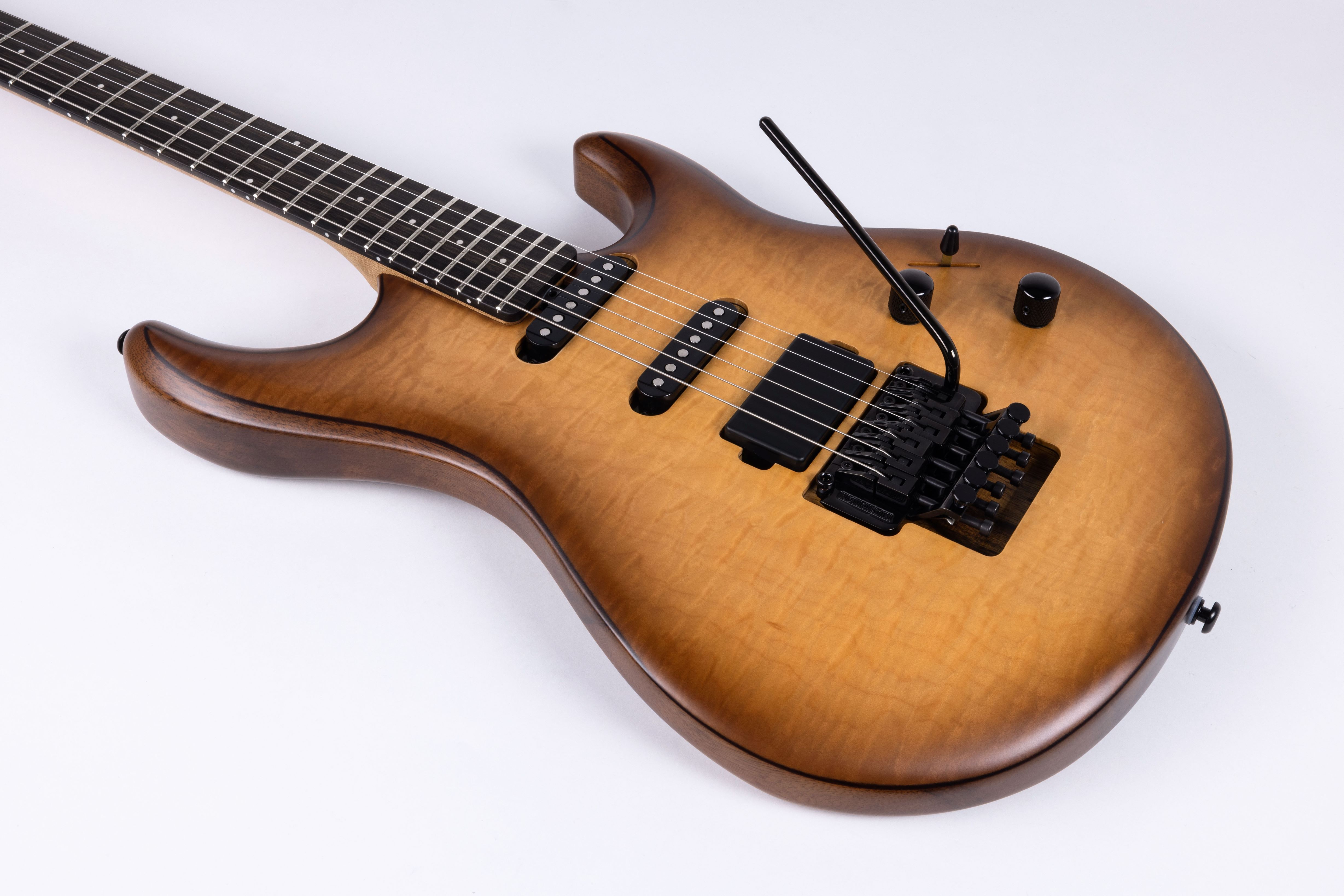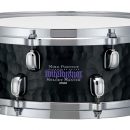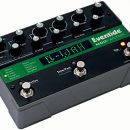The TC Electronic 2290 P delivers a modern reincarnation of the classic 2290 delay unit from the ‘80s, but with expanded effect parameter ranges and the addition of footswitches, moving the unit from the studio or guitar rack to the pedalboard. Guitarists are the target audience for this amazing re-creation of the legendary effect processor, though with full stereo i/o, it’s just as useful when patched into your studio.
The 2290 is legendary, having been used in the studio on countless classic albums for decades and in the guitar racks of players ranging from The Edge to John Petrucci to Steve Lukather to Dann Huff and more. Although the original is no longer available due to the majority of its internal components no longer being manufactured, the 2290 sound has lived on for years in a variety of TC Electronic multi-effects products (G-System, Nova Delay, etc.), and most recently, in plug-in form combined with a physical USB interface that preserves a bit of the look and feel of the classic unit. The 2290 P pedal carries that design ethos forward, sporting an interface that immediately brings you back to both the classic studio processor and the modern USB/plug-in variant.
One of the 2290 P’s clever, modern features is that it includes a mobile and desktop app for storing and sharing presets across the TC community, which gives the product a modern workflow similar to creating and sharing sounds in the amp modeling community.
With plenty of headroom for modern rigs and a full, studio-ready 20Hz-23kHz frequency range, the 2290 P is a fabulous, vintage sounding (when desired), delay and modulation unit for guitar rigs and studios alike.
Features
The TC Electronic 2290 P pedal is far more than just a delay effect. It provides a wide range of time-based effects including chorus, flanger, tremolo, vibrato, phaser, panning, ducking, and compression. Of course, part of what makes classic delay sounds so fabulous is the ability to create modulated delays, where chorus or flanging types of effects are only applied to the delay repeats. And if you want to really go crazy with sound design, you can connect another effect pedal to the 2290 P’s feedback loop and apply your secondary effect to the delay repeats as well.
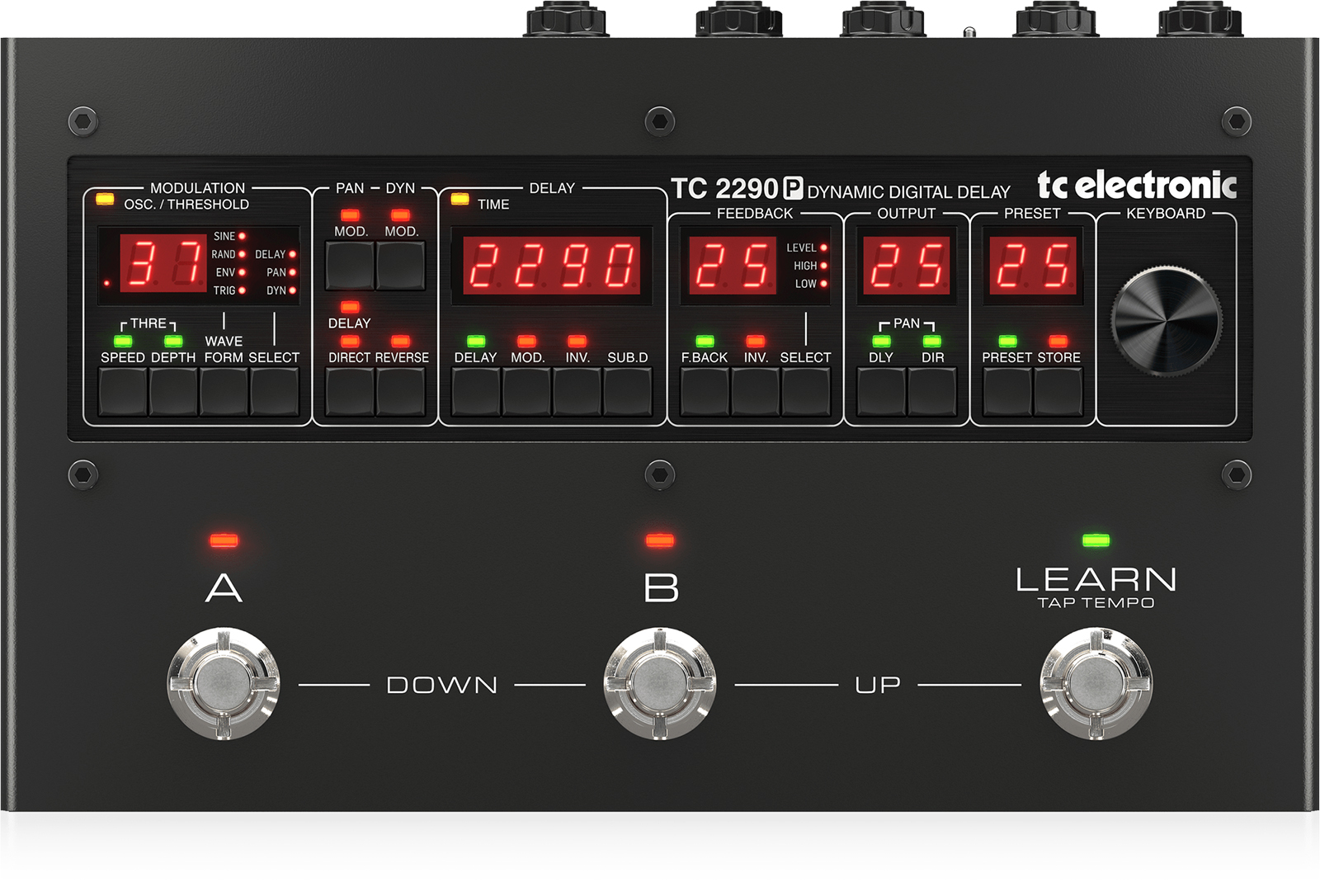 The 2290 P achieves nearly any delay sound you can think of thanks to its deep parameter editing and the option to affect your delayed signal with modulations, inverting the signal, and panning the left and right delay repeats. Equipped with a pair of stereo ins and outs, this pedal easily integrates into your existing pedalboard, studio rack, or amp modeling unit. If you chose to run the unit in mono, it can use those additional ins and outs to create a send and return for other gear (the aforementioned feedback loop).
The 2290 P achieves nearly any delay sound you can think of thanks to its deep parameter editing and the option to affect your delayed signal with modulations, inverting the signal, and panning the left and right delay repeats. Equipped with a pair of stereo ins and outs, this pedal easily integrates into your existing pedalboard, studio rack, or amp modeling unit. If you chose to run the unit in mono, it can use those additional ins and outs to create a send and return for other gear (the aforementioned feedback loop).
MIDI In/Out/Thru can be found on the rear of the unit so that you can send and receive MIDI from this unit to trigger preset changes, tap tempo, and more. This is a physically well-built unit with a durable metal case that we would trust on the road and on stage without worry. A generous 9.999 seconds of delay time is more than enough, and we didn’t find the need for anything more.
The ability to turn this delay pedal into other modulation effects is a nice bonus as well, and it makes this unit more versatile than a standard delay pedal since you could potentially cut down on some pedalboard real estate when used for more than just delay. The option to toggle between True Bypass and Buffered Output is another nice feature as well, so the unit can play nicely with any guitar rig or pedalboard.
With two footswitches for toggling the 148 total presets up and down (20 factory and 128 user) and a dedicated Tap Tempo button, this is a feature-rich product that is difficult to complain about feature wise. It’s all here under one roof.
The pedal has a standard 5.5/2.1 mm, center negative, 250 mA 9VDC connector for pedalboard power supplies.
Usability
While we go in depth over the usability in our demo video below, it’s worth mentioning again here that the 2290 P does have a bit of a learning curve in order to really maximize your enjoyment of it. As an update to the classic studio delay, this is certainly one of the most feature-packed delay units on the market, but as it functions similarly to the original studio unit, it isn’t nearly as easy to use as other guitarist-first designs.
There are no readable names for the presets—only patch numbers, so you can’t save a preset with recognizable names like “U2 Delay” or “John Petrucci Lead.” Further, there is some menu diving involved with programming this unit, and you need to save as you go because there is no auto save feature within the pedal.
We downloaded and explored the companion app from TC called "2290" on a Macintosh computer, and found it to be useful but slightly underwhelming. While the program enabled us to backup and download presets, assign expression pedal parameters, and adjust MIDI commands, it did not allow us to actually adjust any settings on the pedal or tweak your presets. We would have liked to have seen a full-scale editor to adjust the parameters of the pedal to prevent having to menu and button dive on the unit itself, as it makes the unit feel slightly dated despite being new. Considering other units on the market in this range have full blown editors, and that you do have this control in the TC Electronic 2290 studio plug-in, we'd like to see this software get a proper update. It would make programming this unit more user easier.
Sound
Sonically, the 2290 P accomplishes what it sets out to do: bring you the classic 2290 delay sound in a modern, reliable product. Modulated delays are gorgeous sounding, and that’s a no-brainer for this pedal. The other modulation effects (i.e. chorus) also sound great, and we also enjoyed setting the 2290 P with a very short delay (and no repeats) to split our signal between a pair of amps, similar to how Dream Theater guitarist John Petrucci routinely achieves his massive tone (in his case, a classic 2290 splitting signals to a pair of Mesa Boogie amps).
Documentation and Support
The included Quick Start Guide is a must read for the 2290 P pedal, as you can easily get lost or stuck without it on your first go around. It explains all the different ways you can connect the unit to your existing setup, with pictures that are easy to follow. The manual also describes what each button does on its own. Since the multiple displays on this unit only show numerical values (for the most part), you need a solid understanding of what it is you’re trying to achieve with the pedal based on the available parameters and values.
We would like to have seen some “Quick Tips'' or “Try These” settings like you get with other pedals or amps as a starting point, as the included presets don’t say what they are. You just have to interpret the numbers on the screens, as each screen is responsible for displaying the data of multiple parameters at a time based on which sub menu you are in.
Price
The TC Electronic 2290 P pedal sells for $349, which is highly competitive when compared with the other premium delay pedals on the market today. If you are willing to embrace learning a more complex delay and modulation processor, here you’ll find an outstanding tool for both your pedalboard and the studio, capable of delivering all the classic modulated delays you can dream of, lush choruses, and more.
Contact Information
TC Electronic
www.tcelectronic.com



